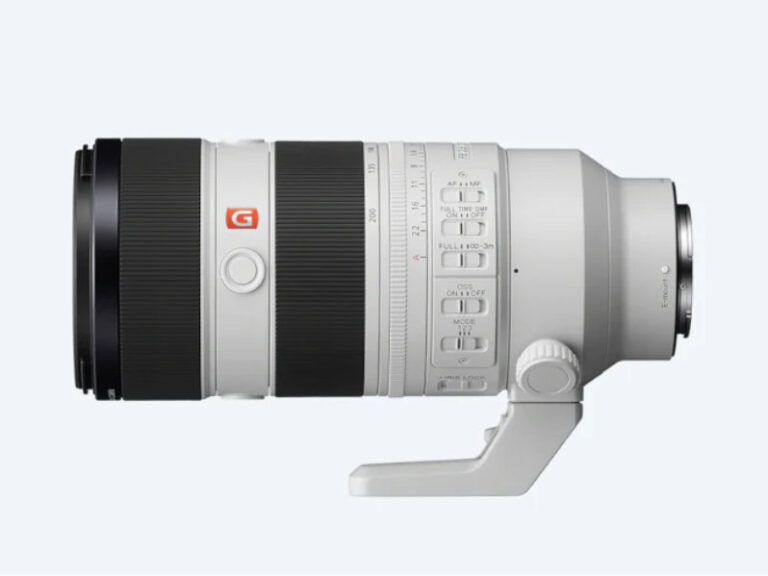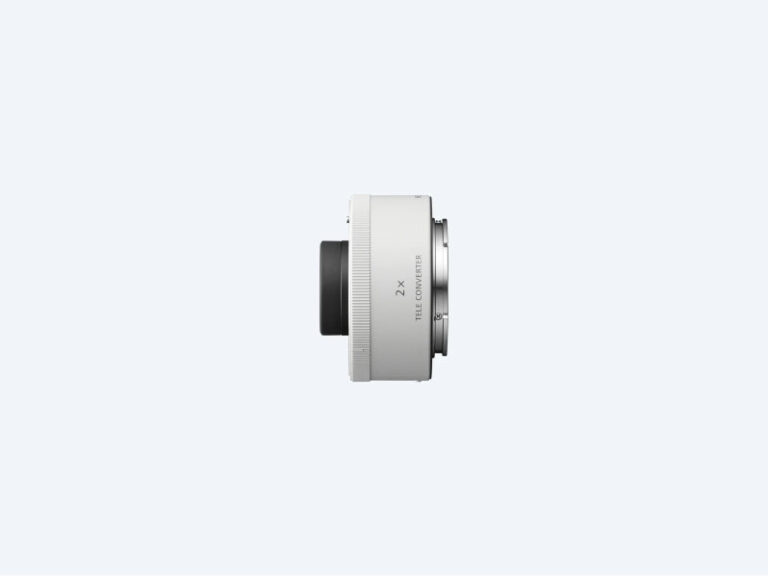The Olive-Backed Oriole is a stunning bird species that can be found in various parts of Australia. These birds are known for their distinctive green and yellow plumage, and they often make their homes in forested areas near rivers and streams. If you’re an avid birdwatcher or a photographer looking for a unique subject, then photographing the Olive-Backed Oriole near the river in the Coorongooba Campground is an excellent opportunity.
Pied Heron
The Pied Heron, a fascinating bird species, can be spotted in the picturesque Parry Lagoons Nature Reserve, nestled within the captivating landscapes



